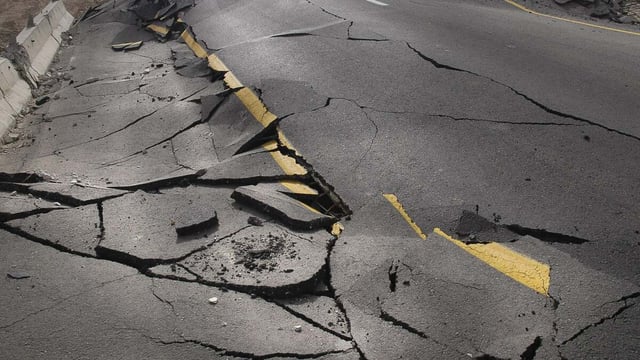Overview
- FEMA and other safety organizations recommend securing furniture and having an emergency plan and supply kit ready before an earthquake strikes.
- The 'drop, cover, and hold on' technique is crucial for protecting oneself during the shaking, with specific advice for different situations such as being indoors, outdoors, or in a vehicle.
- After an earthquake, it's vital to check for aftershocks, tsunamis, and to inspect utility lines for damage to prevent further hazards.
- Earthquake-resistant buildings and securing household items can significantly reduce the risk of injury or death.
- Preparation also involves having an emergency kit, knowing evacuation routes, and being aware of the signs of a tsunami if near the coast.



